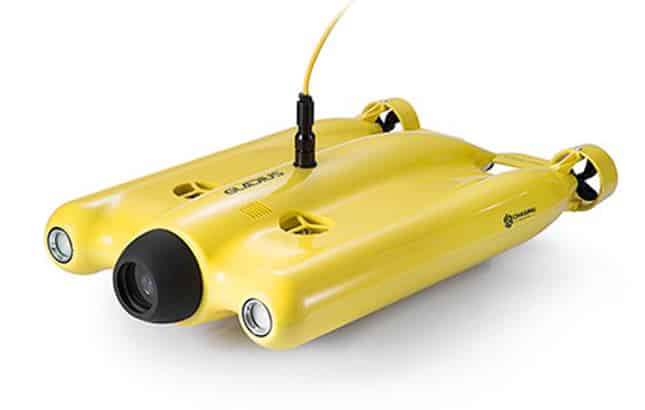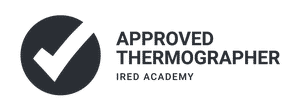
Underwater Drones

While aerial drones are fast becoming commonplace, underwater drones or ROVs have been slower to make their way into mainstream consumer technology. Both offer the opportunity to explore new areas and gain a fresh perspective on the world around us, with marine drones having the advantage of being free from much of the legislation that aerial drone pilots have to navigate.
The vast majority of underwater drones operate tethered to a buoy or beacon in order to prevent them being lost to the deep and also to facility live streaming as Wi-Fi signals can’t travel for any distance through water. It is this fact that has leave people to debate whether they should be called drones at all but for our purposes, as they operate as a remotely piloted vehicles, we will categorise them as such.
These vehicles are designed with a set of thrusters or propellers to allow them to be piloted and stay stable even in challenging current conditions. They are usually equipped with high quality 4k cameras and lights to allow them to capture imagery in low light conditions. Some have interchangeable ballast to allow them to be operated in either salt or fresh water with popular add-ons including bait containers, fish feeders (designed to lure marine life to the vehicle for a close up), robotic arms and FPV goggles. The difficulty of flying underwater often in cloudy conditions means that they are also equipped with powerful lights and collision avoidance systems.
The majority of drones are controlled by a pilot above the water but there are a few waterproof controllers on the market that allow you to dive and film alongside your craft.
Initial consumer models have been aimed at creating great social media content, with holiday makers investing to grab captivating footage of the world as seen from beneath tropical waters. However, improvements in technology have meant that there are more affordable options than ever to allow them to be deployed for more commercial operations by smaller owner managed businesses.
- Maritime
- Aquaculture
- Security and Law Enforcement
- Natural Disaster Assessment
- Exploration
- Search and Rescue
- Environmental Studies
- Cinematography
Expert Infrared Inspections for Accurate Thermal Assessments
Need professional thermographic analysis for your project? Our certified experts use the latest infrared technology to deliver precise results. Contact Drone Media Imaging today for expert thermal imaging services.









